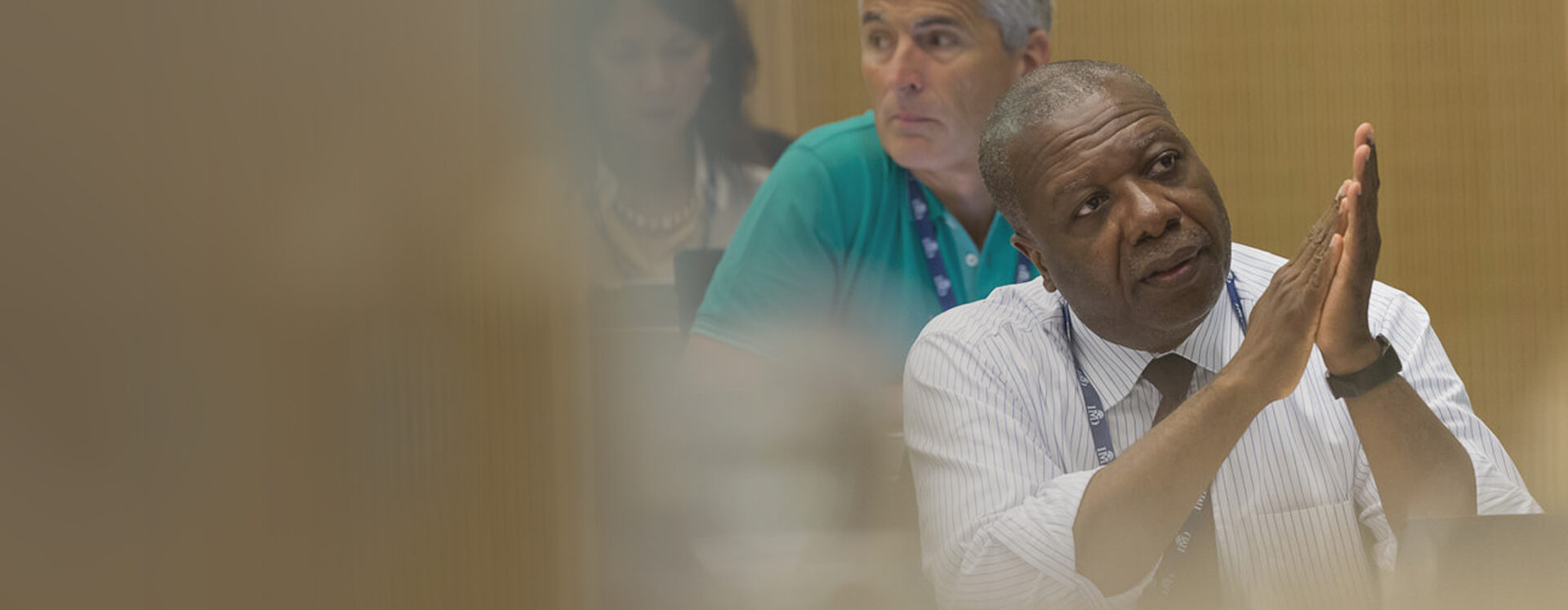
The right leadership mix to transform organizations
What CEO or board member doesn’t dream of transforming their company?
Of course the nuts and bolts of changing an organization from top to bottom are more than daunting. But it makes a huge difference whether the rank and file executives in an organization are inspired, resistant or are out right against change.
A leader’s job is to make the people in an organization realize that change is for the greater good and charisma can go a long way to making that happen. But it isn’t enough.
There are a number of facets that combine to make leadership powerful enough to affect change inside a given organization.
Inspiring employees to perform beyond expectations is of the utmost importance, and this is called transformational leadership. But we also know that in organizations tough decisions need to be made. Therefore leaders must also use instrumental leadership, which includes things like the ability to properly allocate resources and budget as well as make HR decisions consistent with an organization’s vision for the future.
Transformational leadership
Early management thinking focused on the carrot and stick approach of using incentives to get results. Researchers from the fields of sociology and political science introduced the idea of transformational leadership, or the idea that leaders and followers need to be aligned on motivation and values to get the best results. James MacGregor Burns revolutionized the management field with his 1978 book “Transforming Leadership”. He wrote that it is absolutely essential that followers rise above self-interest to work toward the greater good.
Leadership researchers built upon the earlier work and broke transformational leadership down into components called the four I’s.
1- Idealized Influence. The first I is what we would call charisma, and thankfully, contrary to what some might believe, research has shown that this can be learned.
2- Inspirational motivation. This area is where people draw meaning and value from their work.
3- Intellectual stimulation. The third I is the source of creativity in organizations.
4- Individualized consideration. This entails paying attention to the individual needs of co-workers.
These are the competencies and skills which make followers feel that their leaders really care about them, that their needs are taken into consideration and that they feel that in some way they help their company contribute to society.
Today meaning and purpose as part of one’s work are more important than ever, both for human resources and employee retention, but also for companies to earn a tacit license to operate in societies.
Instrumental leadership
Transformational leadership has been a major contribution to leaders everywhere but it alone cannot transform an organization. It lacks one important part: instrumental leadership.
Leaders must simultaneously form an emotional connection with their employees, stimulate their creativity and relate their strategic vision to organizational decisions which will help them achieve their objectives.
Transformational leadership is fantastic but once leaders know where their organizations need to go, that often means that certain parts of the business and certain people won’t go along for the ride. So leaders also have to make tough practical decisions that align with a business’s core interests and this doesn’t necessarily involve inspiration or charisma.
Leaders must remain attuned to what is happening in real time, both inside and outside the organization, and not just blindly deliver and execute “visions”. Although it is not as appealing as setting a vision and being charismatic or being a great mentor and motivator, instrumental leadership is essential in order for activities related to vision and strategy to have any real meaning and to ensure that the company stays in business.
Instrumental leadership focuses on the “what’s” and “how’s” of leadership and the nitty-gritty details. It has two main components:
1– Strategic leadership. This consists of understanding an organization’s environment, identifying its strengths, weaknesses, opportunities and threats. It also includes strategy formulation and implementation – developing programs and tactical policies to support the organization’s vision and setting specific organization-wide objectives and goals.
2- Work facilitation. This helps followers achieve their goals through clarification of how to get there and provides the required information and resources. It also entails monitoring the performance outcome of followers and corrects errors in a constructive way.
The right mix
Therefore transformational leadership must be complemented by instrumental leadership to truly bring about change. There needs to be a causal link between what leaders do and what the outcomes are for organizations. At the same time leaders and followers need to be in agreement about what they believe is their meaningful purpose to serve stakeholders, shareholders and society.
Robert Hooijberg is professor of Organizational Behavior at IMD. He is the Negotiating for Value Creation program Co-Director and teaches in the Strategic Finance (SF) and Orchestrating Winning Performance (OWP) programs.
Nancy Lane is a Research Associate at IMD.
Research Information & Knowledge Hub for additional information on IMD publications

Effective communication is key to leading a team – but excessive talking can cause disengagement and frustration. Answer the following questions honestly to discover if you're talking too much – and read on for techniques to get more out of people...

Discover a framework for Responsible Leadership, guiding you to lead with care and ethics in an increasingly turbulent and complex world.

While some firms may exploit regulatory arbitrage under the CSRD, long-term trends suggest regulatory alignment and technological advances will enhance trade stability.

Discover the opportunity of community with ‘community-centricity’- an approach for leaders to prioritize customers while driving economic and societal impact.
The case explores the principles and challenges of operational excellence through the experience of Magdi Batato, former EVP of Operations at Nestlé. It examines how he implemented Mission-Directed Work Teams (MDWTs) to empower front-line workers,...

Great leaders prioritize rest and recovery by fostering strong team relationships and respecting out-of-work boundaries, ensuring employees can recharge and thrive.

From Boomers to Gen Z, each generation has unique experiences and insights to share. Discover how cross-generational learning fosters growth, innovation, and understanding in today’s world.
As uncertainty grows, organizations must rethink how they navigate a volatile world. Rather than relying solely on scenario planning based on historical data, organizations could take a more proactive approach—imagining and shaping distant futures...

Leaders of family firms are struggling with multiple role identities, and poor board management is putting the future of family enterprises at risk.

Unlock a lasting legacy with this five-step approach to fostering sustainable impact, driving social progress, and ensuring a financially sound future for your organization.
Research Information & Knowledge Hub for additional information on IMD publications
in I by IMD
Research Information & Knowledge Hub for additional information on IMD publications
Research Information & Knowledge Hub for additional information on IMD publications
in I by IMD
Research Information & Knowledge Hub for additional information on IMD publications
Research Information & Knowledge Hub for additional information on IMD publications
in I by IMD
Research Information & Knowledge Hub for additional information on IMD publications
Research Information & Knowledge Hub for additional information on IMD publications
in Forbes.com 20 February 2025
Research Information & Knowledge Hub for additional information on IMD publications
Research Information & Knowledge Hub for additional information on IMD publications
in I by IMD
Research Information & Knowledge Hub for additional information on IMD publications

